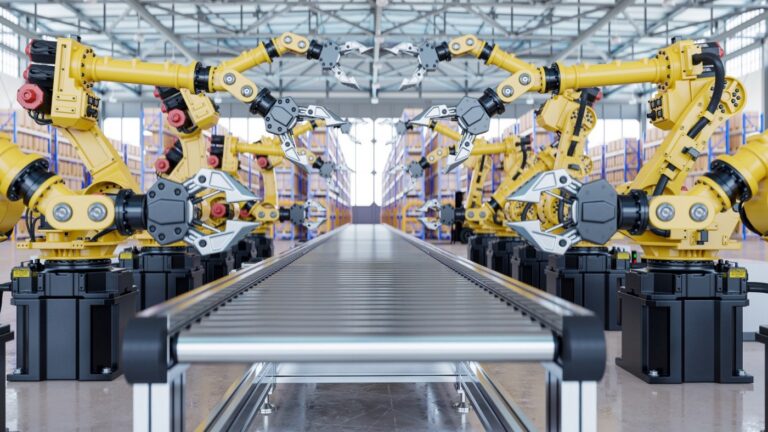As tariff challenges intensify, Chinese factories have been increasingly turning to robots that work around the clock to sustain production and lower costs. China has announced a $137 billion national fund to expand robotics, artificial intelligence, and other advanced industries, according to a report by The New York Times.
The country’s push to automate is driven by a shrinking labor pool and rising wages, enabling factories to maintain output despite fewer workers. By embracing robotics, China aims to enhance export competitiveness in the face of mounting trade barriers.
How China’s factory robots are rewiring global trade
The New York Times reports that China is making swift strides in factory automation with advanced robots and AI, transforming everything from car plants to small workshops. Supported by massive government investment, the country now has one of the highest robot densities in the world.
Chinese manufacturers are managing to keep export costs low despite rising tariffs from the US and other countries by relying on robots that can operate nonstop. “A human employee can work only for eight hours a day, but a machine can work 24 hours,” said Elon Li, a workshop owner in Guangzhou now investing in robotic arms to automate welding, in the NYT. This development allows factories to maintain high output and compete globally, even as trade barriers increase.
DOWNLOAD this Robotics Quick Glossary from TechRepublic Premium
Robots step in amid China’s workforce shortage
Officials are forecasting a shortfall of nearly 30 million manufacturing workers in China by 2025, as the country’s birthrate has plunged and a growing number of young people are pursuing higher education instead of factory jobs.
”China’s demographic dividend is over. They’re now in a demographic deficit, and the only way out of that is productivity,” said Stephen Dyer of AlixPartners, as quoted in the NYT. In response, factories are deploying robot fleets and automated systems that take on roles once filled by people to preserve manufacturing capacity despite fewer workers.
Could China’s robots change the tariffs game?
China’s relentless drive to automate its factories is reshaping not only its own economy but the global rules of manufacturing. As robot armies handle tasks once done by millions of workers, the country is finding new ways to blunt the impact of tariffs.
Whether this technological leap will give China lasting leverage in the tariffs war remains to be seen. But in the battle of global industry, the next decisive move may belong not to politicians but to machines.

